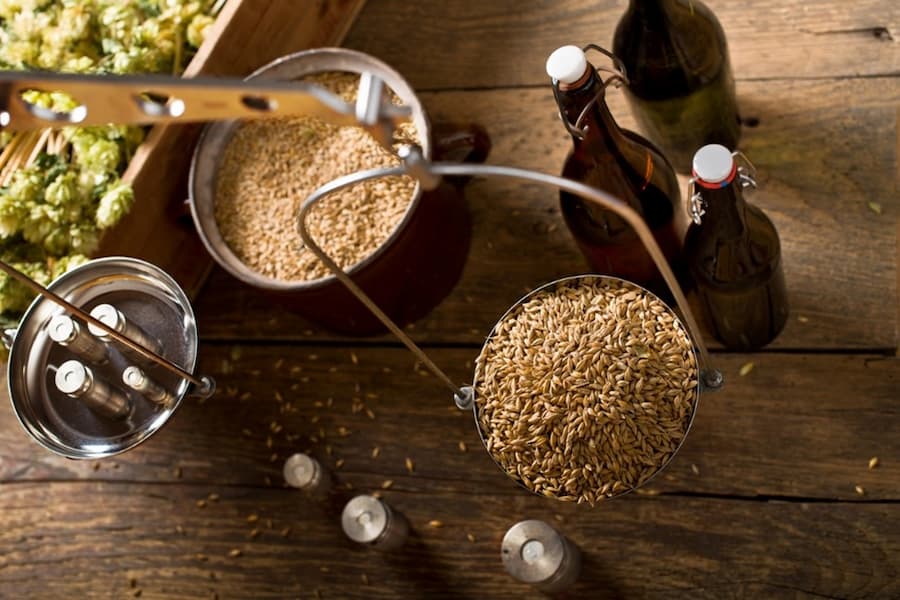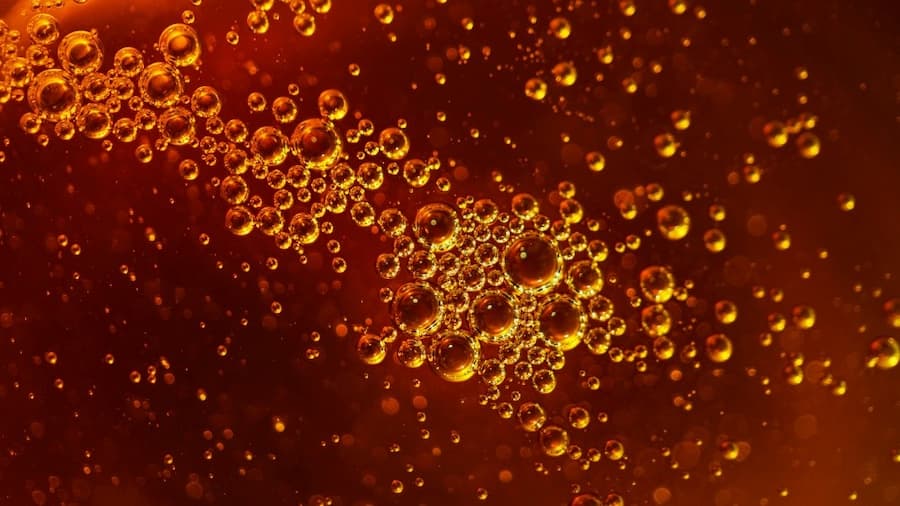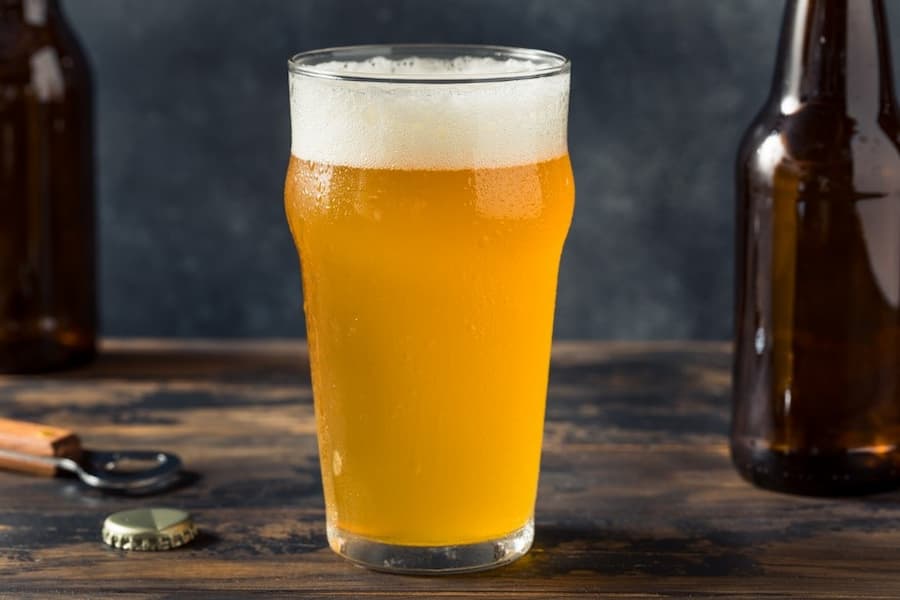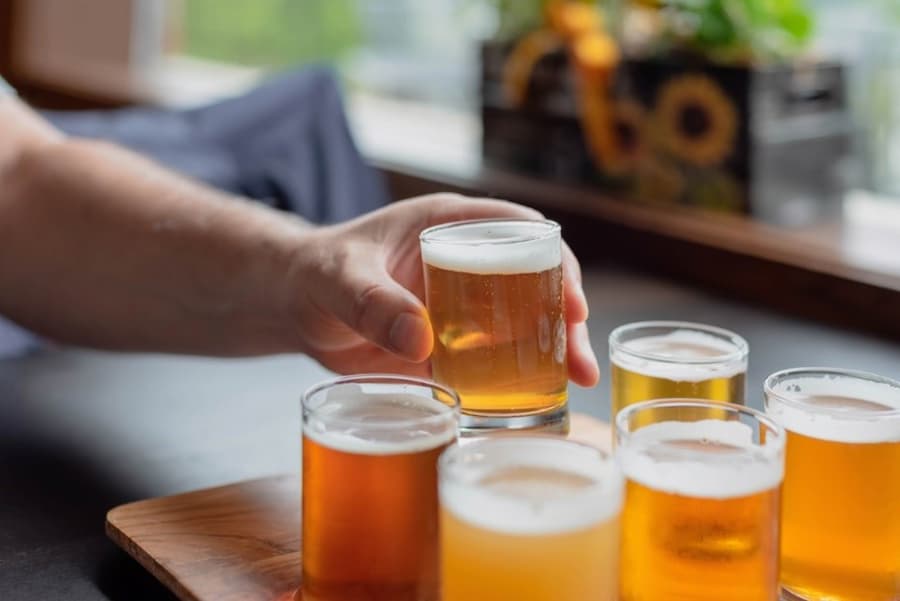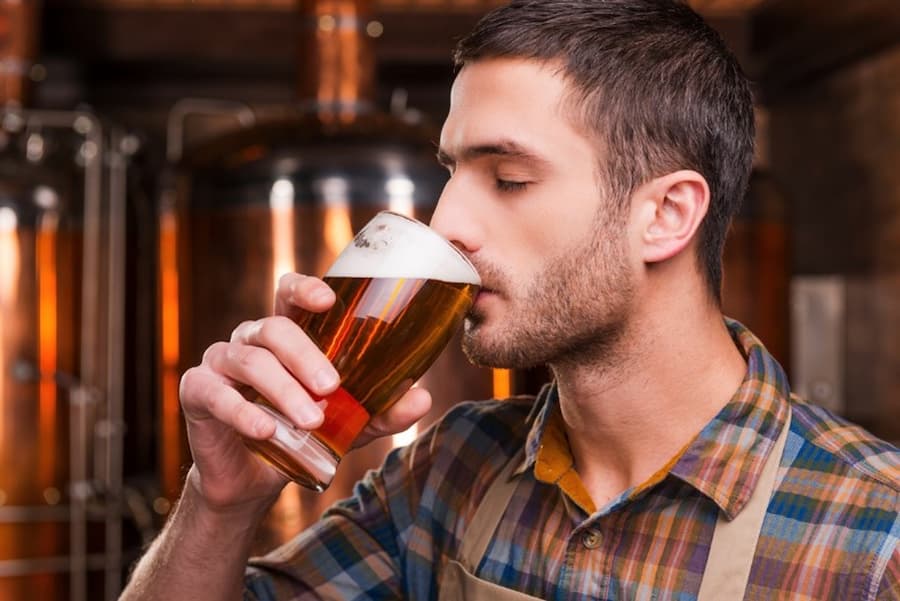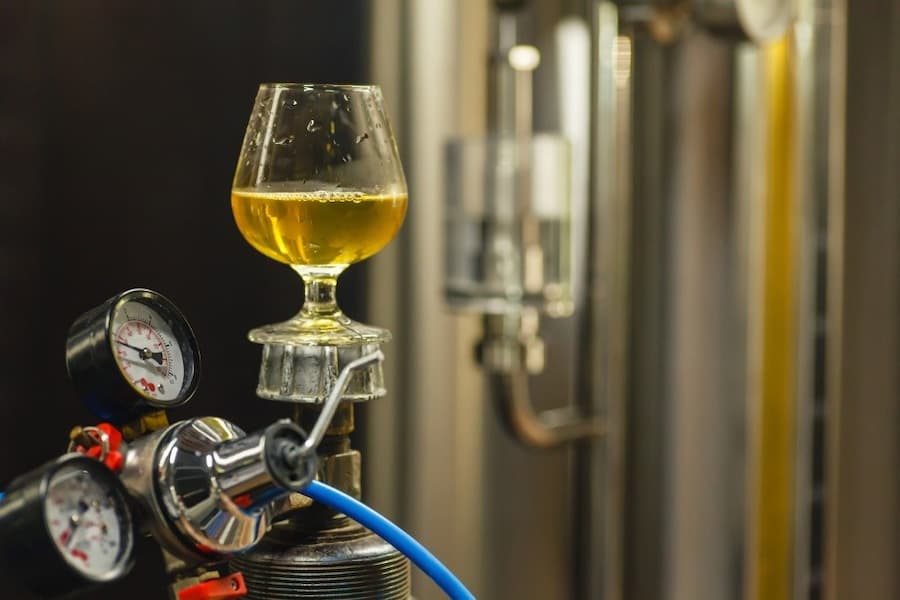Beer Gas at Home: Elevating Homebrewing and Flavour
Homebrewing enthusiasts are always on the lookout for mastering the craft of creating flavourful and satisfying brews, and to achieve this, they know that beer gas is key to success. However, amidst the excitement, plenty of misconceptions and myths surround this subject, which makes informed decision-making more difficult. Homebrewing is certainly ripe with opportunities for exploration and experimentation, but how can we make sure to make the right choices to improve flavour, preserve freshness and take advantage of beer gas’ entire potential?
In this blog, we will explore the world of homebrewing to debunk common myths surrounding beer gas and provide homebrewing enthusiasts with insights on how it can elevate their creations to new heights.
What’s the Composition of Beer Gas?
The heart of beer gas is its composition. Contrary to popular belief, beer gas is not just CO2 but a blend of gases carefully crafted to improve the drinking experience. Usually, beer gas comprises a mixture of 75% nitrogen and 25% carbon dioxide. This blend has two main purposes: to carbonate the beer and provide the typical nitrogen-infused beverages’ smooth creaminess and texture.
Nitrogen in cylinders, is less soluble than carbon dioxide. This contributes to smaller bubbles and a smoother mouthfeel; additionally, it aids in achieving that characteristic “cascading effect” seen in nitrogen-infused brews, giving an aesthetic appeal to the pour. Only by understanding this well-balanced composition do homebrewers achieve great results when experimenting with creativity and brewing techniques.
Achieving the Perfect Pour
Achieving excellent dispensing efficiency with beer gas is the key to elevating the presentation of homebrewers’ creations, leaving a lasting impression on consumers and fellow enthusiasts alike.
One key advantage of using this gas is its ability to achieve the so-called “perfect pour”, guaranteeing a consistent and even more satisfying drinking experience. Unlike traditional CO2 systems, which often result in over-carbonation or inconsistent pours, beer gas, thanks to its specific blend, offers greater control and precision. The use of nitrogen allows for a gentler dispense, reducing the risk of excessive foaming and waste.
What’s more, the combination of nitrogen and carbon dioxide in beer gas helps maintain constant carbonation levels in the brew, preventing it from going flat too soon. This means that each pour delivers the ideal flavour profile and fizz, so every sip is as enjoyable as the last!
Preserving Freshness of Homebrews
Preserving the freshness of their homemade beers is one of the main goals dedicated homebrewers are after; even here, beer gas shines, helping them accomplish this important task.
In the food industry, nitrogen for food preservation is a popular choice. Renowned for its great versatility, it helps preserve the freshness and extend the shelf life of foods and drinks. It is no surprise, then, that in beer, gas serves the same purpose as a preservative, helping to maintain the quality and flavour of the brew over a prolonged period. Unlike CO2, which will result in a tangy or acidic taste if not properly regulated, nitrogen interacts more gently with the beer, preserving its characteristic flavours and aromas.
In addition, the reduced oxygen exposure provided by beer gas helps mitigate oxidation, which creates off-flavours and staleness in the brew. This means that homebrewers can store and serve their creations with confidence, knowing that each batch will retain its freshness and appeal and remain enjoyable long after it is crafted.
All About Boosting Mouthfeel and Flavour
When it comes to the mouthfeel and flavour homebrewers want to achieve, beer gas takes centre stage. The use of nitrogen results in smaller bubbles and a creamier texture, giving the beer that velvety, pleasant smoothness that tingles the palate. This fantastic mouthfeel adds layers of depth to the drinking experience, taking even the simplest of brews to a whole new level.
Also, the interaction between nitrogen and the compounds in the beer can emphasise certain flavour notes, bringing out nuances that may have otherwise gone unnoticed. So, whether it’s enhancing the maltiness of a stout or bringing out the hop character of an IPA, beer gas can be an exceptional, powerful tool for homebrewers looking to impress their friends with their hand-crafted drinks!
Cost Considerations: Weighing the Investment
After discussing the enjoyable, creative part of beer gas and homebrewing, we have now come to that part where we have to take into account the cost implications associated with it. Initially, the investment in equipment, such as specialised beer gas cylinders and regulators, may seem a little daunting. However, it’s important to view this expenditure as a smart, long-term investment in quality and consistency.
It is also worth mentioning that when evaluating the cost of beer gas, it is essential to consider its efficiency and potential savings in terms of reduced waste and extended shelf life. By achieving greater control over dispensing and preserving the freshness of homemade beer, beer gas ultimately proves to be a convenient, cost-effective solution for dedicated brewers. Ultimately, while there may be an upfront cost involved, the benefits of using beer gas in homebrewing far outweigh the initial investment, making it a worthy consideration.
Take Your Homebrewing to New Heights with Bottle Gases
Here, we have uncovered the transformative power of beer gas, dispelling myths and misconceptions along the way. At Bottle Gases, as a premium bottle gas supplier, we know how getting the right mix of nitrogen and CO2 for your beer gas can make a difference in your homebrewing experience, and we are here to help you achieve the best results with our gases.
So, whether you are a seasoned brewer or just starting on your brewing journey, let us be your partners in unlocking the full potential of beer gas. Contact us today to ask any questions or receive valuable advice; together, we will take flavour, innovation, and endless possibilities to new heights. Cheers!


